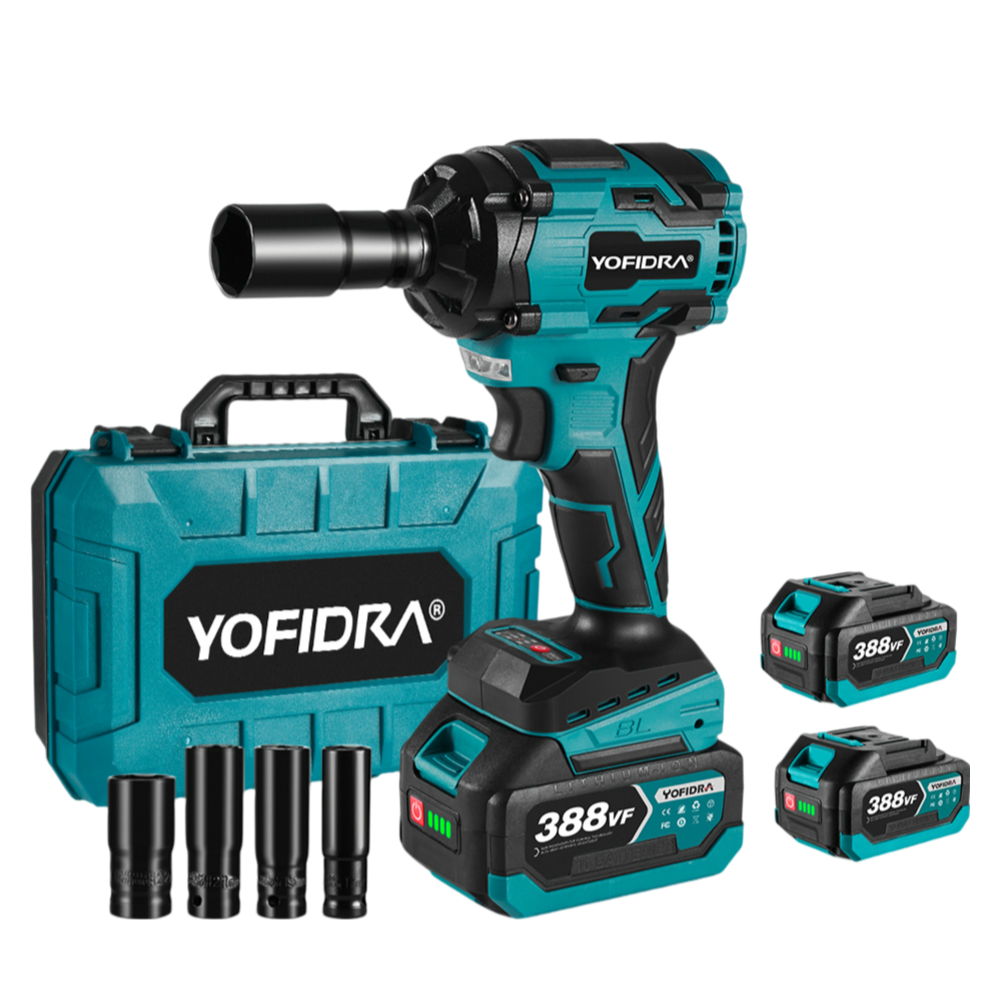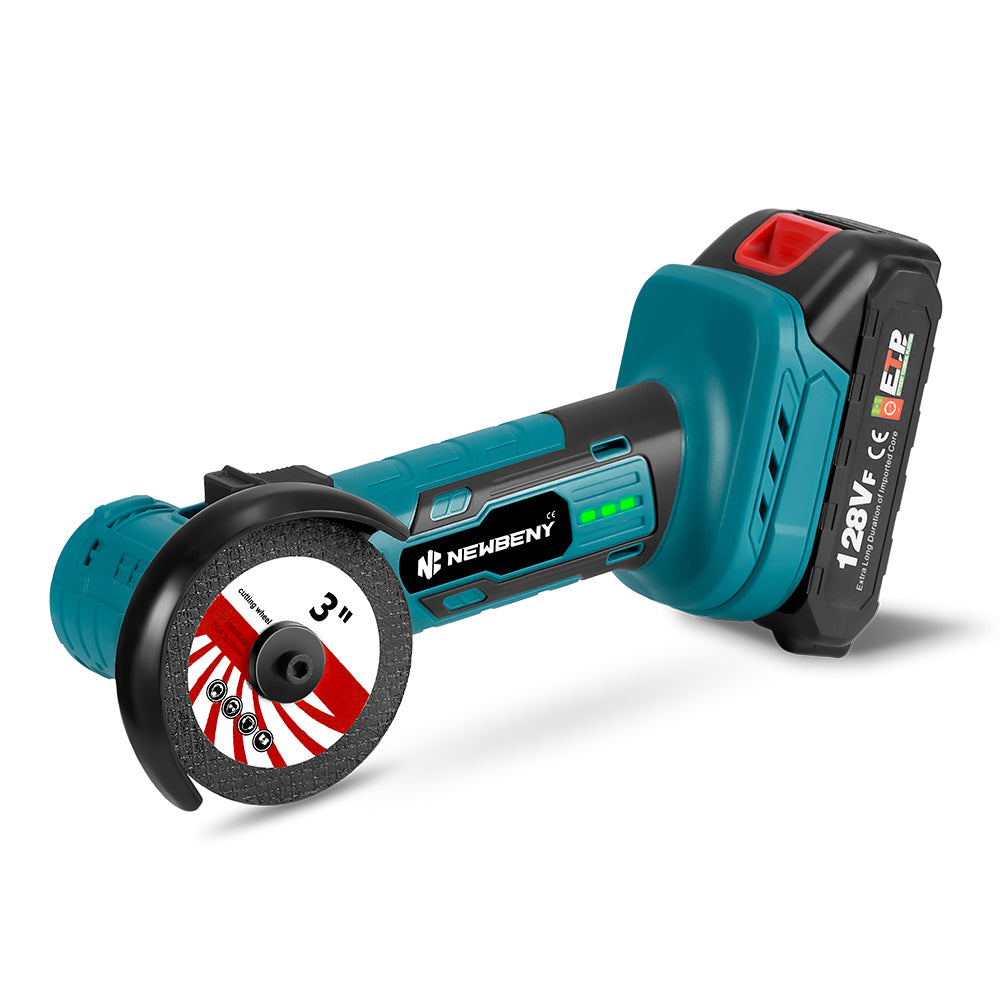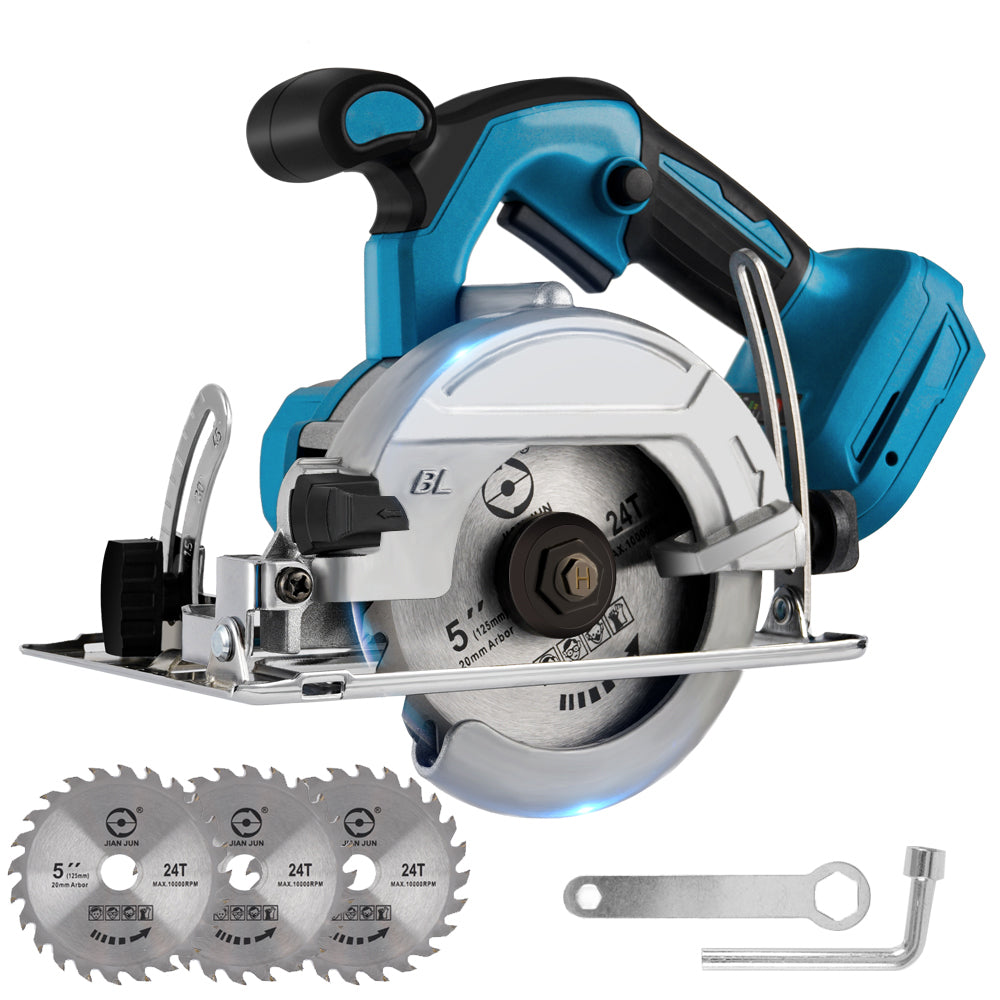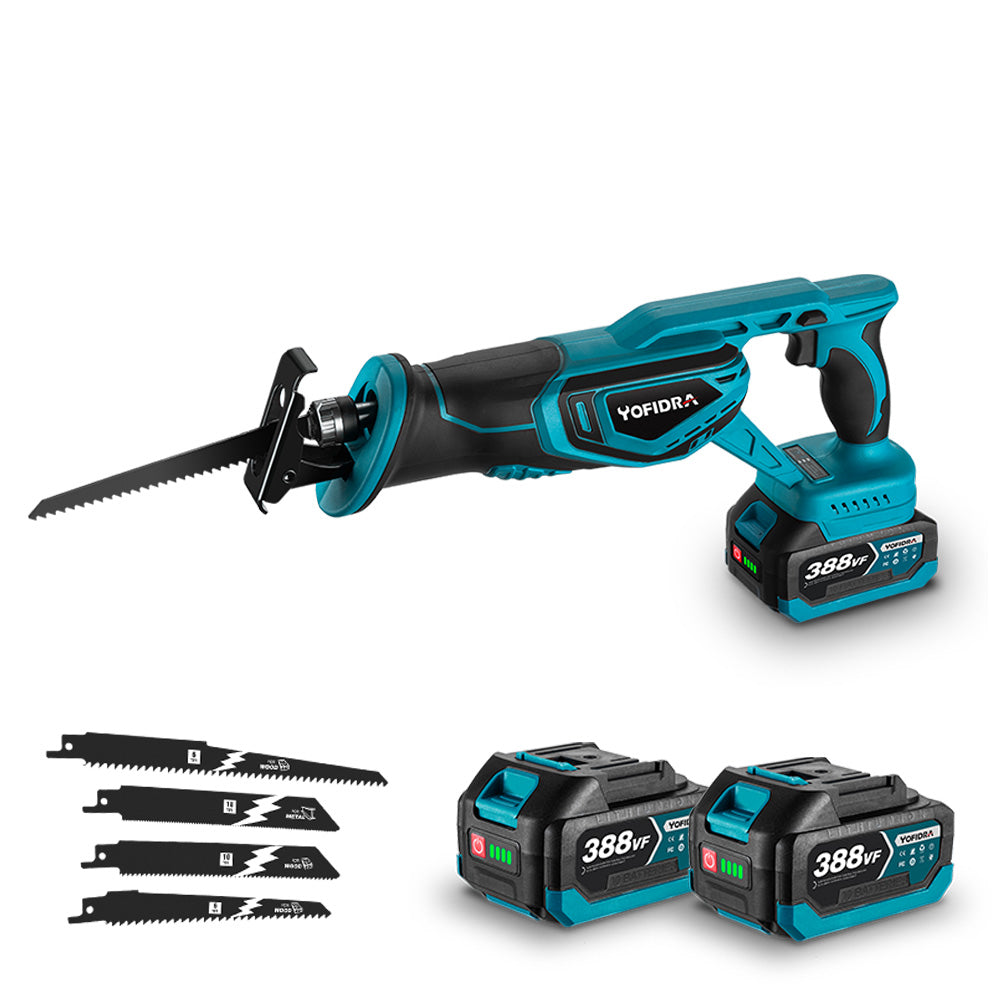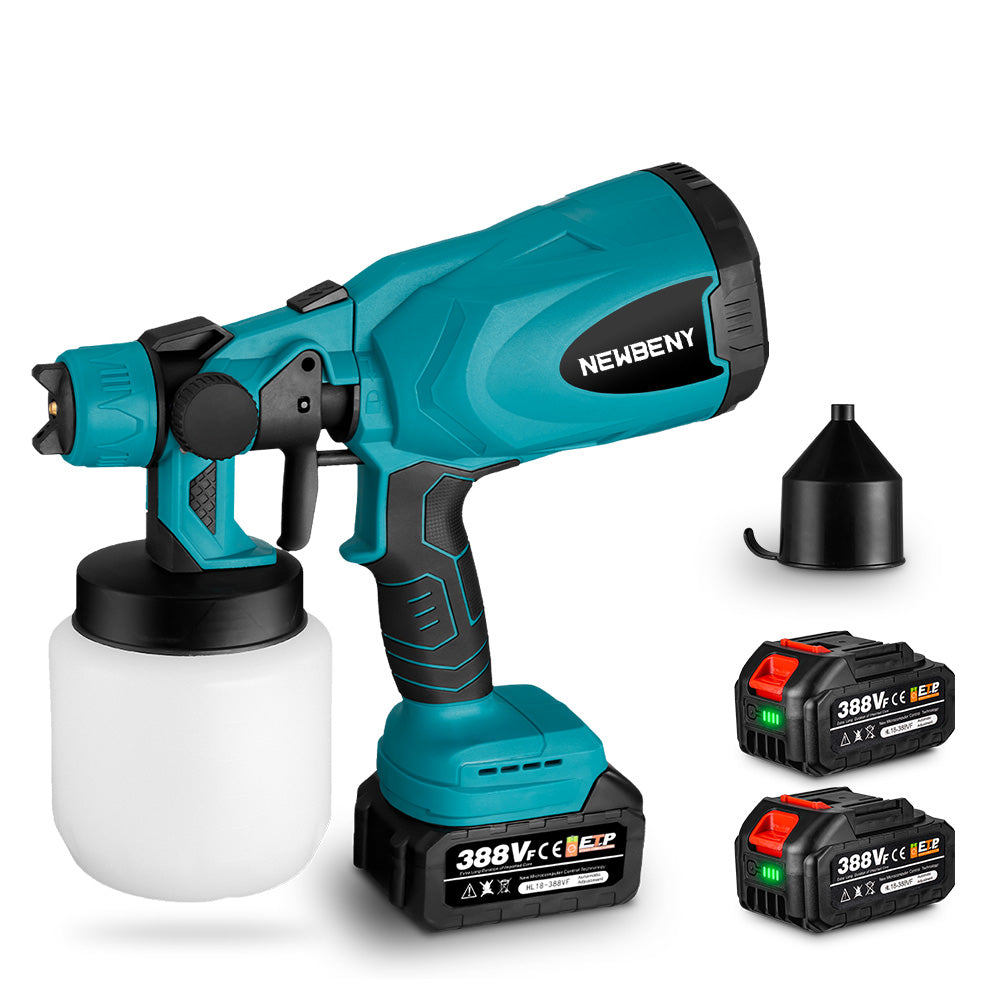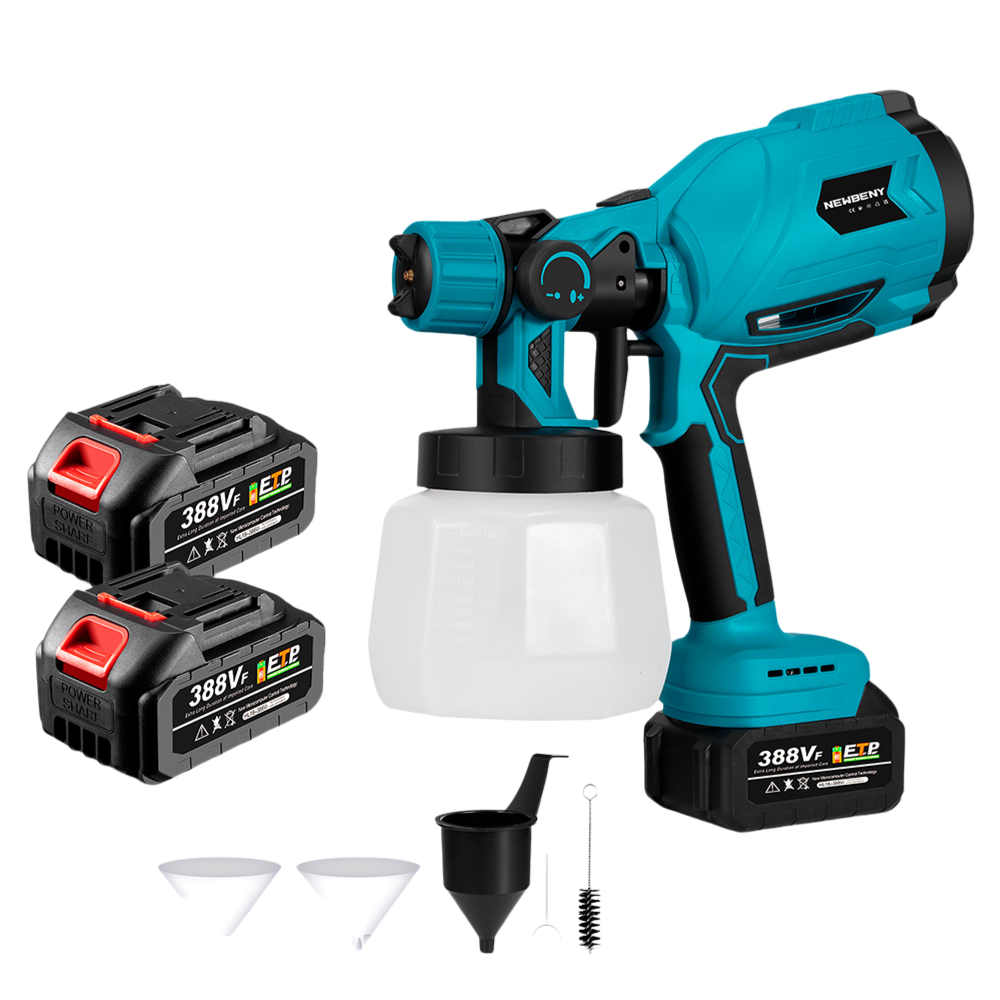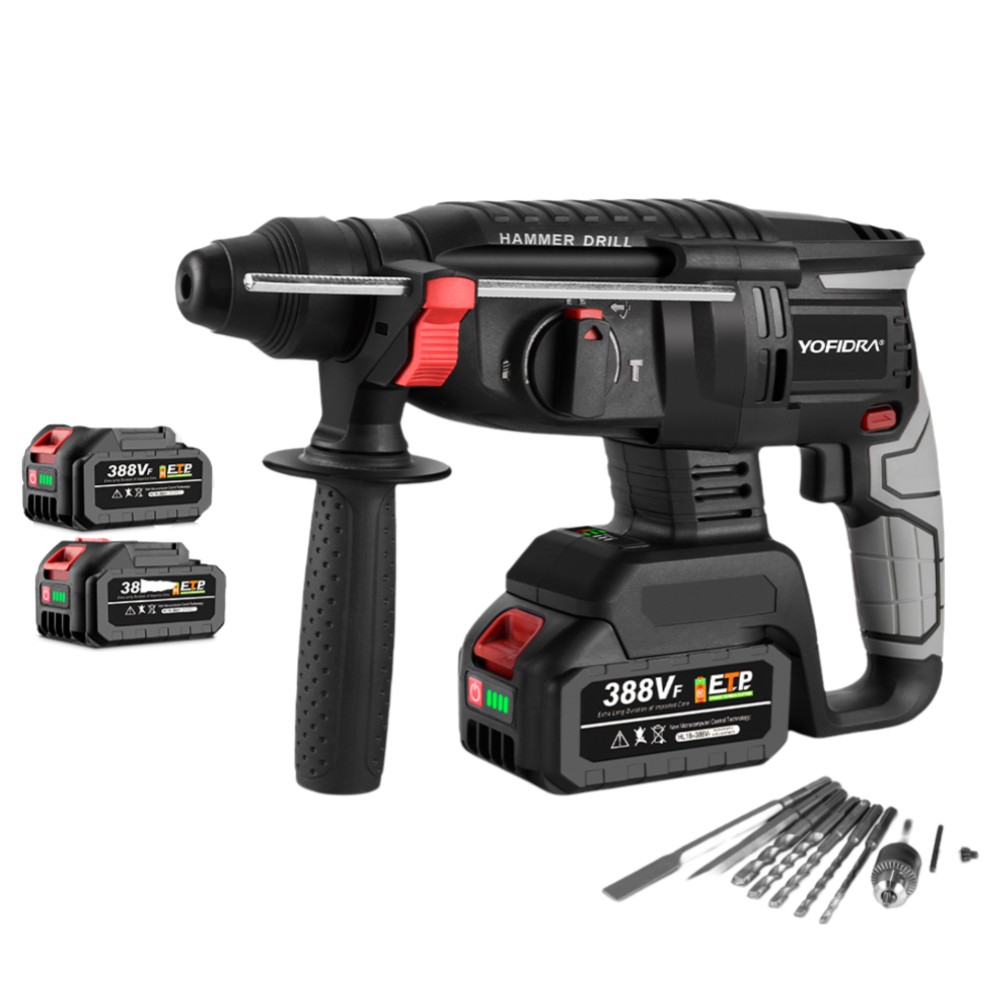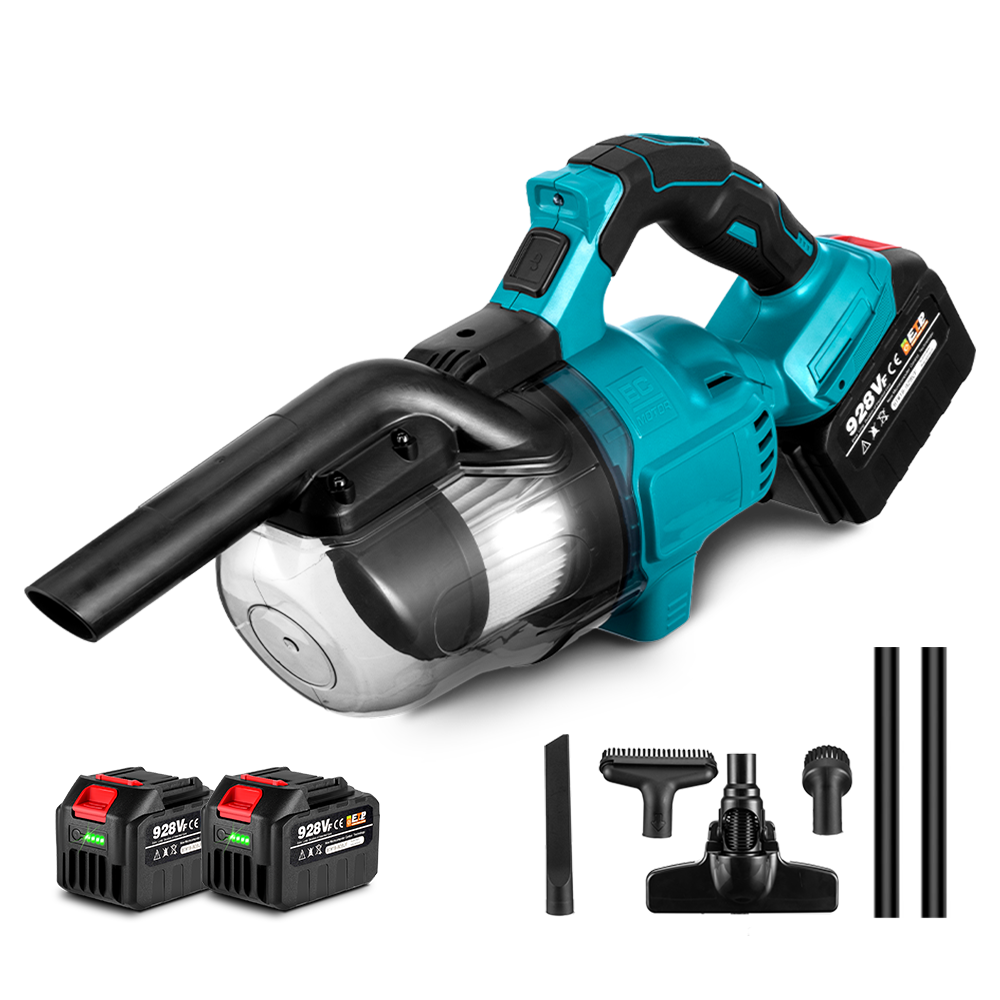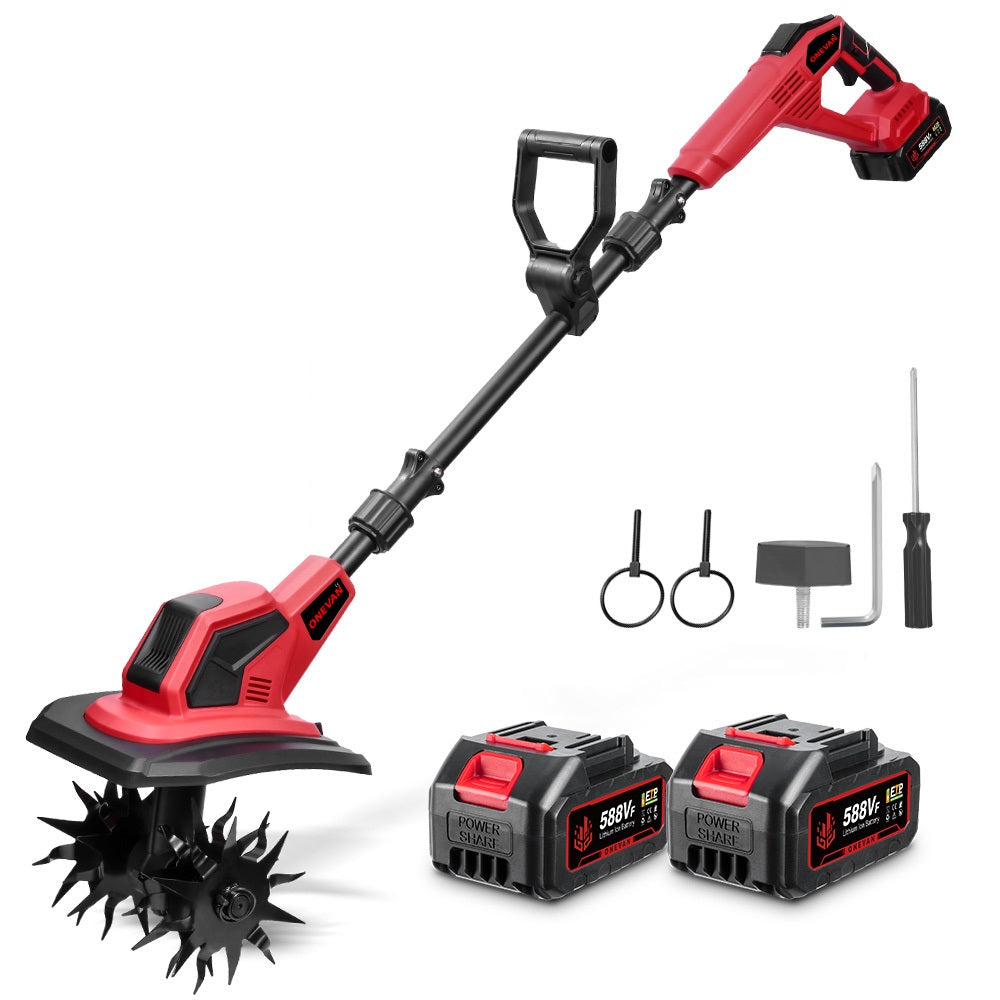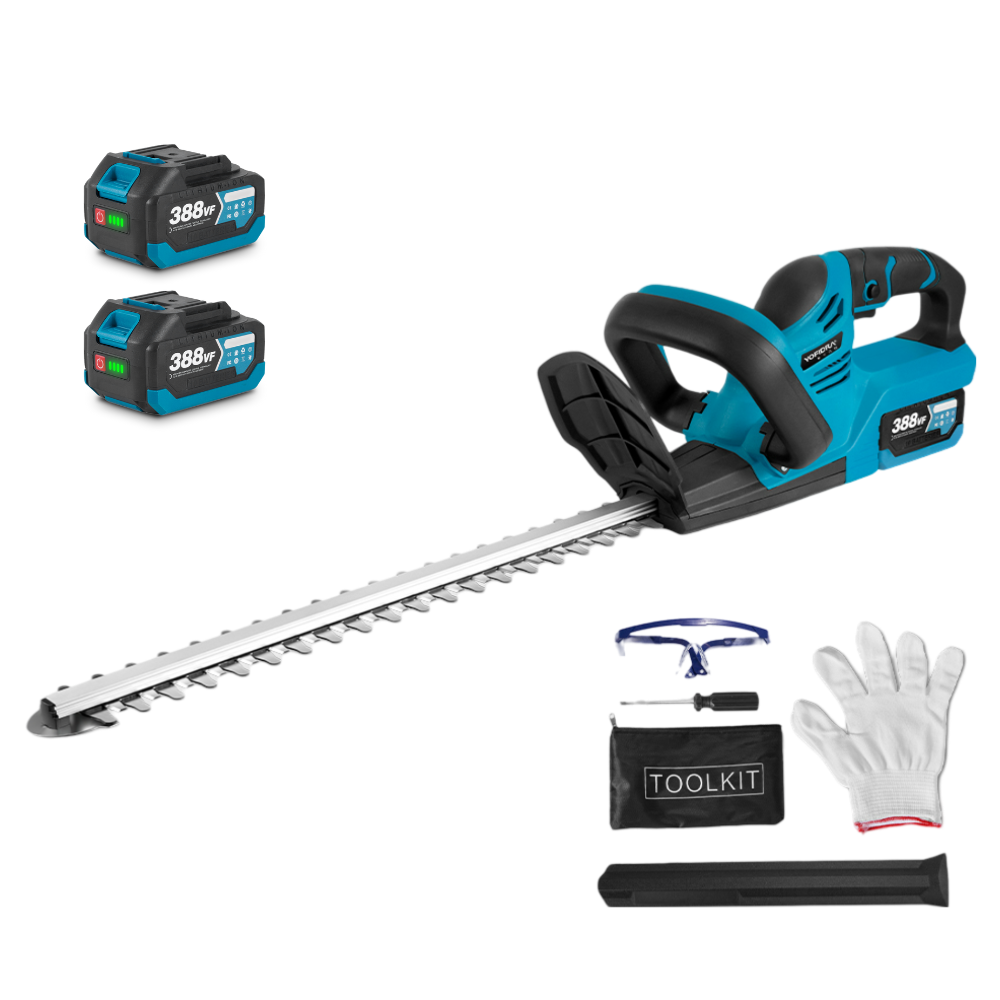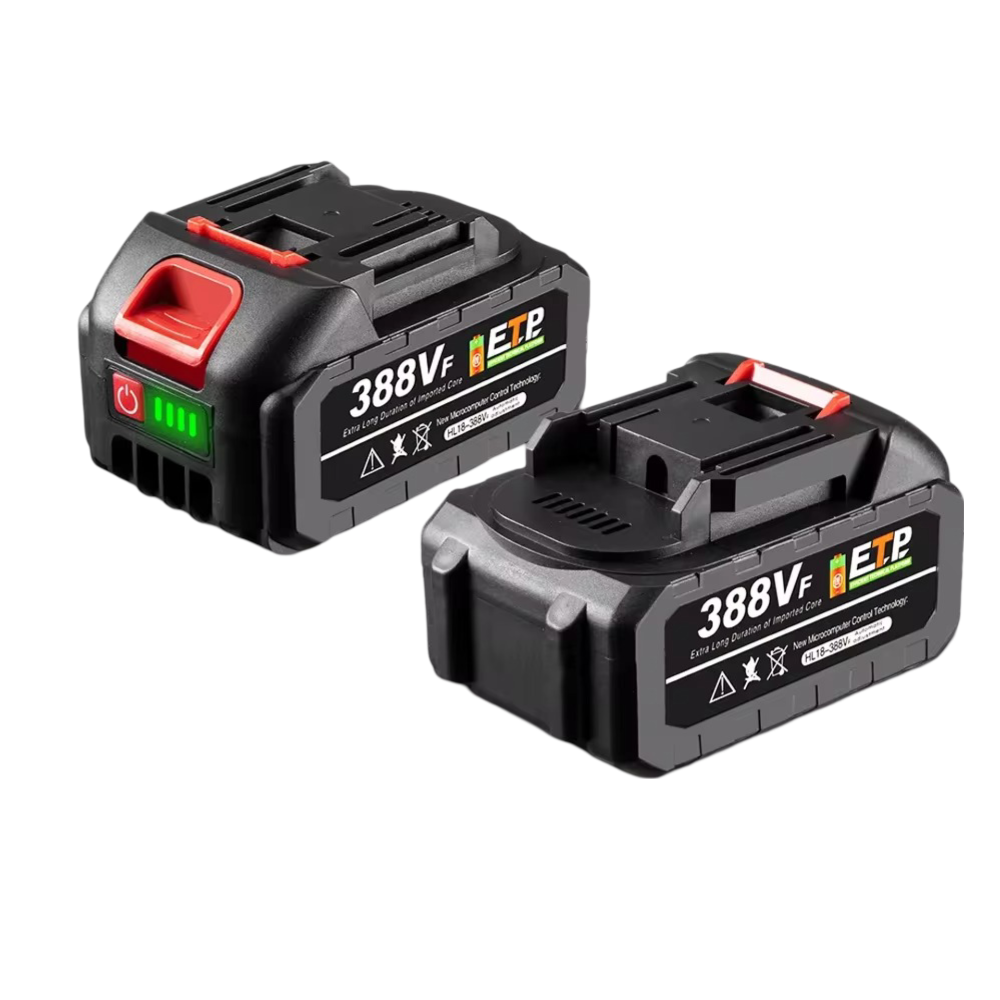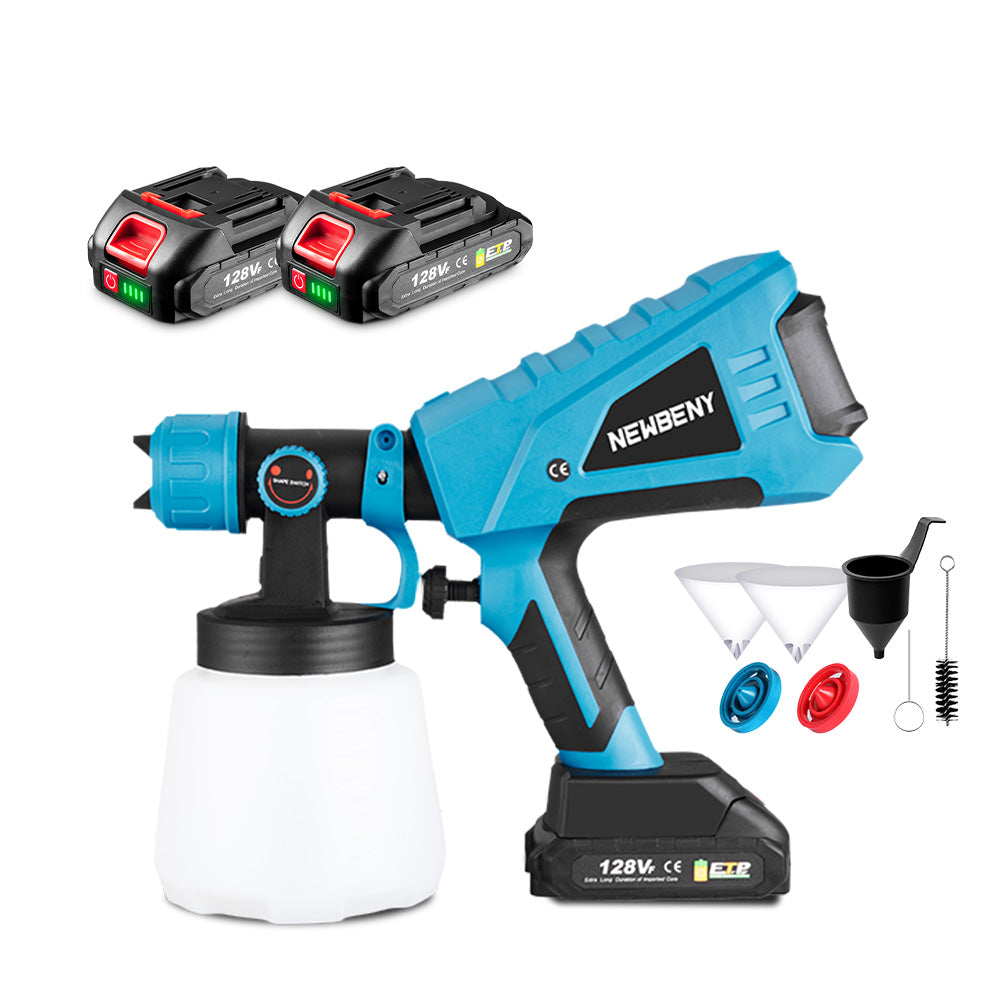Chainsaws are key tools for cutting purposes. Property owners, landscapers, and construction teams use them to take down trees. Whether you're clearing for a deck, removing storm damage, or just tidying up, a chainsaw beats hand tools. It's faster. It's better and provides significant convenience. This guide provides comprehensive instructions on how to safely fall a tree with a chainsaw. We'll cover equipment, safety, cutting methods, and cleanup. Follow these steps. You'll get it done safely and cleanly.
1. Types of Chainsaws Suitable for Cutting a Tree
Corded Chainsaws
Electric corded chainsaws plug in. They give steady power. Corded chainsaws are generally suitable for smaller trees, typically up to 12 inches in diameter. No battery issues. No fuel mixing. The cord is the main hang-up. You need power nearby. And you have to manage that cord. For most home tree jobs close to the house, corded models are solid. They cost less than gas versions.
Cordless Chainsaws
Cordless chainsaws offer freedom. No cords. Less noise than gas. Newer lithium-ion batteries pack enough punch for trees 10-14 inches wide. It depends on the model and battery. They start instantly. Little upkeep. But battery life limits you. Bigger trees might need more than one battery. Keep spares charged if you have a lot to cut.
Consider the NewBeny 8 Inch & 6 Inch Brushless Cordless Chainsaw for light to medium-duty tasks, such as pruning or felling small trees, due to its adaptability with interchangeable guide bars. It features interchangeable 6-inch and 8-inch guide bars, allowing it to adapt to different log sizes.
Gas-Powered Chainsaws
Gas chainsaws are powerful. They handle any tree size on your property. Pros use gas models. They cut fast. They last long for big jobs. Gas chainsaws generally require more maintenance than electric models, including fuel mixing and engine care. You also need to deal with exhaust. More power and complexity make them best suited for large trees or frequent cutting.

2. Preparing for Tree Cutting with a Chainsaw
Step 1: Inspect the Area
Walk around the tree. Check its state before you cut. Look for dead branches that might drop. See if it's rotting or hollow. Notice which way it naturally leans. Spot power lines, buildings, fences, or anything else. Ensure that there are no obstacles within a safe distance from your cutting zone, ideally at least two tree lengths away, but adjust based on the specific tree height and surrounding conditions. Check the weather, too. Wind changes how it falls. Wet conditions are more risky. Skip cutting during storms or strong winds.
Step 2: Clear the Work Area
Remove things near the tree's base. Make clear escape routes. You should establish at least two escape routes that lead away from the tree at 45-degree angles from the direction the tree is expected to fall. This ensures that you have safe paths to retreat in case the tree falls unexpectedly.
Mark where the tree should fall. Tell everyone to stay far back. Even experienced professionals take precautions because tree felling involves inherent risks. Proper technique, planning, and experience greatly reduce the unpredictability of a tree's fall. Keep a safe distance.
3. Using a Chainsaw Safely to Cut a Tree
Step 3: Familiarize Yourself with the Chainsaw
Before starting, find all controls and safety features. Locate the throttle, chain brake, kill switch, and choke. Read your owner's manual. Learn your model's specific features and how to care for it.
Practice holding the saw securely and working the controls with the engine off to become familiar with its operation and handling. This is essential for safety, ensuring that you know how to operate it confidently when it is running.
Step 4: Check the Chainsaw
Check your chainsaw before each use. Make sure the chain moves freely. It needs proper tension. You should pull it around the bar by hand with some effort. Look at the chain teeth for damage or wear. Confirm you have enough fuel and bar oil. The oiler keeps the chain properly lubricated, which reduces friction during operation, prevents overheating, and helps extend the chain's lifespan. Always ensure that the oil tank is full before starting work.
For example, the NewBeny 16 Inch Brushless Cordless Chainsaw has a built-in oil tank for smooth, automatic lubrication.
Step 5: Start the Chainsaw
Follow your saw's start-up steps. Most gas saws require the choke to be set, the fuel primed, and the cord pulled. Put the saw on solid ground. Brace it with your foot while pulling the cord. Once it starts, let it warm up for a few minutes. Then, test the chain brake and throttle. Make sure everything works right.
Step 6: Hold and Position the Chainsaw Properly
Hold the chainsaw with both hands. Always. Left hand on the front handle. Wrap your thumb under for a firm grip. Right hand on the rear handle. That's for the throttle. Stand to the side of your cut. Never directly behind the bar. This keeps you safe from kickback. It also gives you better control. Keep your feet apart for good balance.
4. How to Cut Down a Tree with a Chainsaw
Step 7: Make the First Cut
Start with the face cut. This is on the side where you want the tree to fall. It creates a notch. This notch guides the fall. Start the horizontal cut about one-third of the way through the trunk. Keep the bar flat and steady. Cut at a comfortable height that allows you to maintain proper posture and control of the saw. Ideally, the cutting height should be at waist level or slightly above, depending on your height and the size of the tree. Cut straight in. Don't angle up or down. Stop when you're about one-third of the way through the trunk with the horizontal cut before proceeding to make the angled cut.
NewBeny 8 inch cordless chainsawhandles cutting diameters up to 30cm and even offers a 30° adjustable cutting angle.
Step 8: Make the Second Cut
Make the angled cut. This forms the top of the face notch. Start above your first cut. Angle down at 45 degrees. The two cuts should meet precisely. This creates a clean notch. Remove the wedge of wood from this notch. This opening helps the tree hinge properly. It also helps control the direction of the fall.
Step 9: Make the Feeling Cut
Go to the opposite side of the tree for the felling cut. Start this cut a bit higher than your horizontal face cut. Leave about 2 inches of wood uncut between the cuts. This wood acts as a hinge when it falls. Cut slowly and steadily toward the face notch. Don't cut all the way through. Keep that hinge wood intact, as it helps guide the tree's fall and maintains control over the direction in which the tree will fall. Watch for the tree to start moving. When it does, turn off the saw. Get out of there along your planned escape route.
5. Limbing and Bucking the Tree with a Chainsaw
Step 10: Limbing a Tree
Now, you will learn how to cut a tree down with a chainsaw. Now remove branches. Start at the bottom and work your way up, removing branches close to the trunk while standing on the uphill side when possible. Be cautious of tension in branches, as they may snap or bind the saw. Cut larger branches in sections to prevent them from rolling. Work from the uphill side if you can. Cut big branches into sections. This keeps the saw from getting stuck. It also stops branches from rolling or sliding.
Step 11: Bucking a Tree
Bucking means cutting the trunk into smaller pieces. Plan your cuts. How will you use the wood? Firewood is usually 16-inch pieces. Lumber needs different sizes. Support the log well. This stops binding. Cutting from the top? Make shallow cuts first. Then , finish from the bottom. This keeps the log's weight from pinching the saw's bar.
6. How to remove a tree stump with a chainsaw?
Stump Removal Techniques
Cut the stump low to the ground. But the question is how to chainsaw a tree. Use your chainsaw. Make many cuts in a grid pattern. Then, use an axe or mattock to remove the cut pieces. This works for stumps up to 12 inches across.
For larger stumps, cut them into manageable sections by making vertical cuts around the edge, followed by horizontal cuts to help free the sections. Always ensure your chainsaw is suitable for the size of the stump. Watch out for dirt and rocks. They can damage your chain.
Other ways to remove stumps: Rent a stump grinder. Or hire a pro. Chemical stump removers speed up rot. Digging by hand works for small stumps. But it's hard work. Pick the method that fits your time and money.
7. Common Issues in Tree Cutting with a Chainsaw
1. Chain Dullness
Description: Your chain gets blunt. It cuts slowly. It tears the wood instead of slicing. This makes jobs harder.
Solution: Sharpen your chain often. Use a round file. Or replace the chain entirely. A sharp chain is safer and more efficient.
2. Improper Chain Tension
Description: The chain is too loose. Or too tight. Loose chains can fly off the bar. Tight chains wear out the bar and chain fast.
Solution: Adjust the tension properly by ensuring the chain pulls freely around the bar but does not sag on the underside. You should be able to lift the chain slightly away from the bar but not completely remove it without resistance.
3. Chain Bind
Description: The chain gets pinched. This happens when the wood closes around the bar during a cut. It stops the saw cold.
Solution: Use felling wedges. Insert them into the cut as you go. This keeps the cut open. It frees the chain.
4. Kickback
Description: The saw suddenly jerks back at you. This happens if the top tip of the bar hits something or if the chain pinches. It's critical to avoid cutting with the nose of the bar, as this greatly increases the risk of kickback.
Solution: Hold the saw with both hands firmly. Don't cut with the nose of the bar. Always engage the chain brake. Stay aware.
5. Lack of Lubrication
Description: The chain runs dry. This creates too much friction. It causes the chain and bar to overheat. They wear out fast.
Solution: Keep the bar oil tank full. Check your saw's automatic oiling system. Use the correct bar oil. Never run dry.
6. Safety Equipment Neglect
Description: Not wearing protective gear. This increases injury risk greatly. Accidents happen quickly.
Solution: Always wear your Personal Protective Equipment (PPE), which includes a hard hat, eye protection, ear protection, gloves, and chainsaw protective chaps, to reduce the risk of injury.
7. Inadequate Work Space
Description: The area around the tree is messy. There's no clear escape route. This increases the risk of falls or getting hit.
Solution: Clear all obstacles from the work zone. Establish at least two clear escape paths. These should be at 45-degree angles from the fall direction. Always warn others nearby.
8. Conclusion
Felling trees with a chainsaw needs thought. It needs the right gear. And constant safety. Pick the right saw for the tree size. Prep your area well. Use the right cutting methods. That's how you succeed. Practice makes you better. Start with smaller trees. Build your skills. Not sure about a tree? Call a professional arborist or tree service. Good prep and technique pay off. You get safer jobs. Better results. Take your time. Follow safety rules. Keep your equipment good. You'll be removing trees effectively for years to come.
9. FAQs
What are the advantages of using a cordless chainsaw compared to a gas-powered chainsaw?
Cordless chainsaws are quieter. They don't need gas or oil mixing, and the best thing is that they start instantly. Less maintenance, too, such as there will be no fumes. That's a big plus. Subsequently, you can also carry them easily. This makes them easier to handle for longer periods. Plus, you can use them indoors, like in a workshop, without exhaust concerns.
How long does the battery of a cordless chainsaw typically last during use?
Battery life varies depending on the model and battery size. Also, what you're cutting. Larger trees drain it faster. Battery life can vary significantly based on the model and the cutting conditions. Typically, users can expect around 30-60 minutes of cutting on a full charge.
Sometimes less with hard work. Keep spare batteries charged for extended tasks. Brands like NewBeny offer high-capacity batteries that significantly extend runtime.
Can I use a cordless chainsaw for professional tree cutting, or is it better suited for homeowners?
Cordless chainsaws are primarily suitable for homeowners and light professional use. They handle smaller jobs well. Think pruning. Or felling small trees. For heavy, all-day professional cutting, gas models usually win out. However, many pros use cordless models for quick, less demanding tasks. They are perfect for residential landscape maintenance or small property cleanups.
What size battery should I choose for my cordless chainsaw to ensure sufficient power for cutting a tree?
For optimal power, it is advisable to purchase a cordless chainsaw with a higher voltage. Like 40V or 60V. And a higher Amp-hour rating. Such as 4.0 Ah and 5.0 Ah. Bigger Ah means longer run time. A 60V, 4.0 Ah battery provides significant power for most homeowner tree-cutting applications. For larger trees and further use, consider 80V or even 120V systems. Always check the chainsaw's specifications to determine the recommended battery size.
Are cordless chainsaws suitable for cutting large trees, or are they more effective for smaller jobs?
Cordless chainsaws are best for smaller jobs. Think branches. Or trees up to 10-14 inches in diameter. For genuinely large trees over 18 inches, a gas chainsaw is usually required. They just don't have the brute force for big trunks. Brands like NewBeny do offer more powerful cordless chainsaw for bigger tasks. Still, their primary strength lies in convenience and ease of use for typical homeowner needs.









